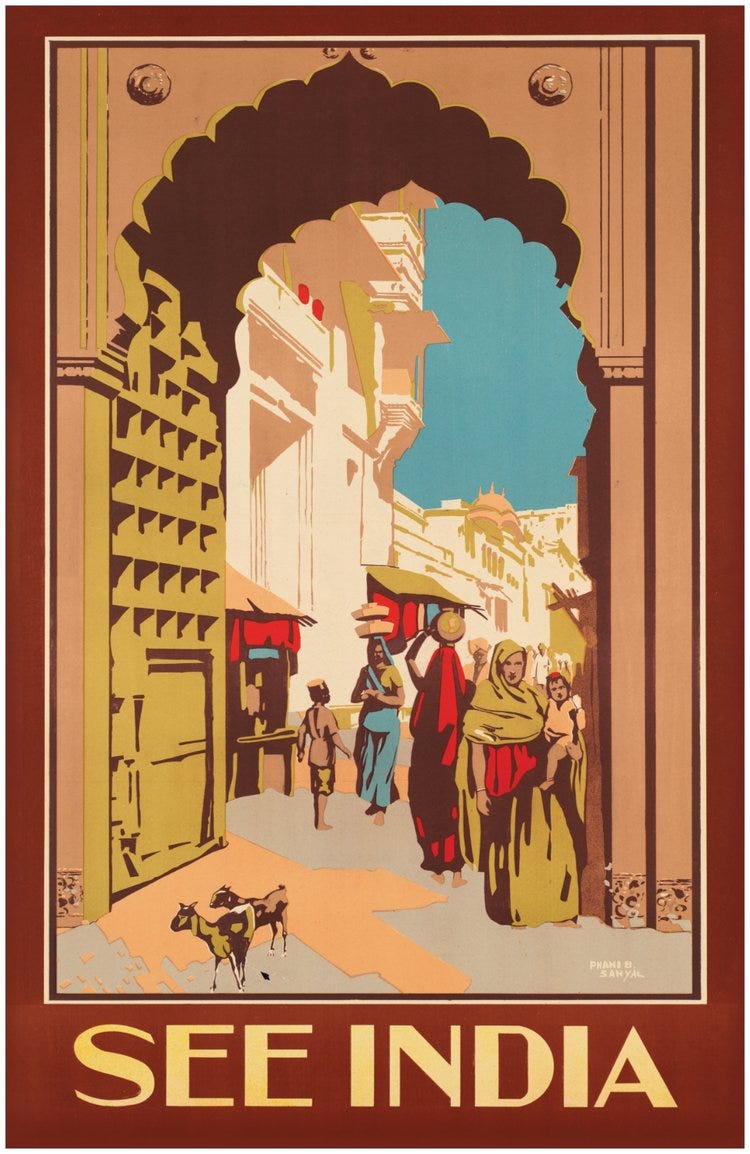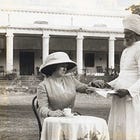Welcome to the Brown History Newsletter. If you’re enjoying this labor of love, please do consider becoming a paid subscriber. Your contribution would help pay the writers and illustrators and support this weekly publication. If you like to submit a writing piece, please send me a pitch by email at brownhistory1947@gmail.com.
Don’t forget to check out our SHOP and our Podcast.

Recommended Reads:
How the British Turned Hunting into a Tool of Colonial Rule
Shikar (hunting as a sport) in India during British rule evolved from a simple pastime into a method of brutal colonial governance. Hunting became a tool by which the forests and jungles that were subjugated by the British became cash cows by way of over extraction of resources. It was also a convenient source of animal parts to be sold or auctioned off in markets for hefty prices to the elite. Tigers and other apex predators were not the only victims, the biodiversity of forests saw a great decline as human pressures increased in once pristine ecosystems. The environmental impact of shikar however, is just one aspect of the system of colonial hunting expeditions.
Hunters were mostly military, government officials, and other members of the British elite. There have been many such military officers infamous for their encounters with man-eating tigers that were glorified in their homeland of England. On 1st September 1801, in a river voyage to Allahabad, John Malcolm (he went on to become the Governor of Bombay later) accompanied by Marquess Wellesley (the Governor General of Bengal) were camping and had received word that three tigers were spotted nearby their tents. Malcolm led a party of hunters that returned with news of two dead tigers. Wellesley was so ecstatic at this news that he was steadfast in pursuit of the final tiger. They attacked it from the boats and he describes that the hunt came to a grand end. Wellesley was on a voyage to Allahabad incidentally to settle accounts with the princely kingdom of Oudh on the banks of the Ganges (this becomes an example of how political connections were intertwined with colonial shikar which made it so inherently powerful). The prestige that arose from involving oneself in a tiger hunt was seemingly unparalleled, stories of its grandeur travelled back across the sea to Britain which encouraged further exploitation of animal populations in the name of recreational activities. Was it just recreation? Or was it something so profoundly buried deep within the human, or rather male chauvinist psyche, that propelled the demand and hype of shikar?







